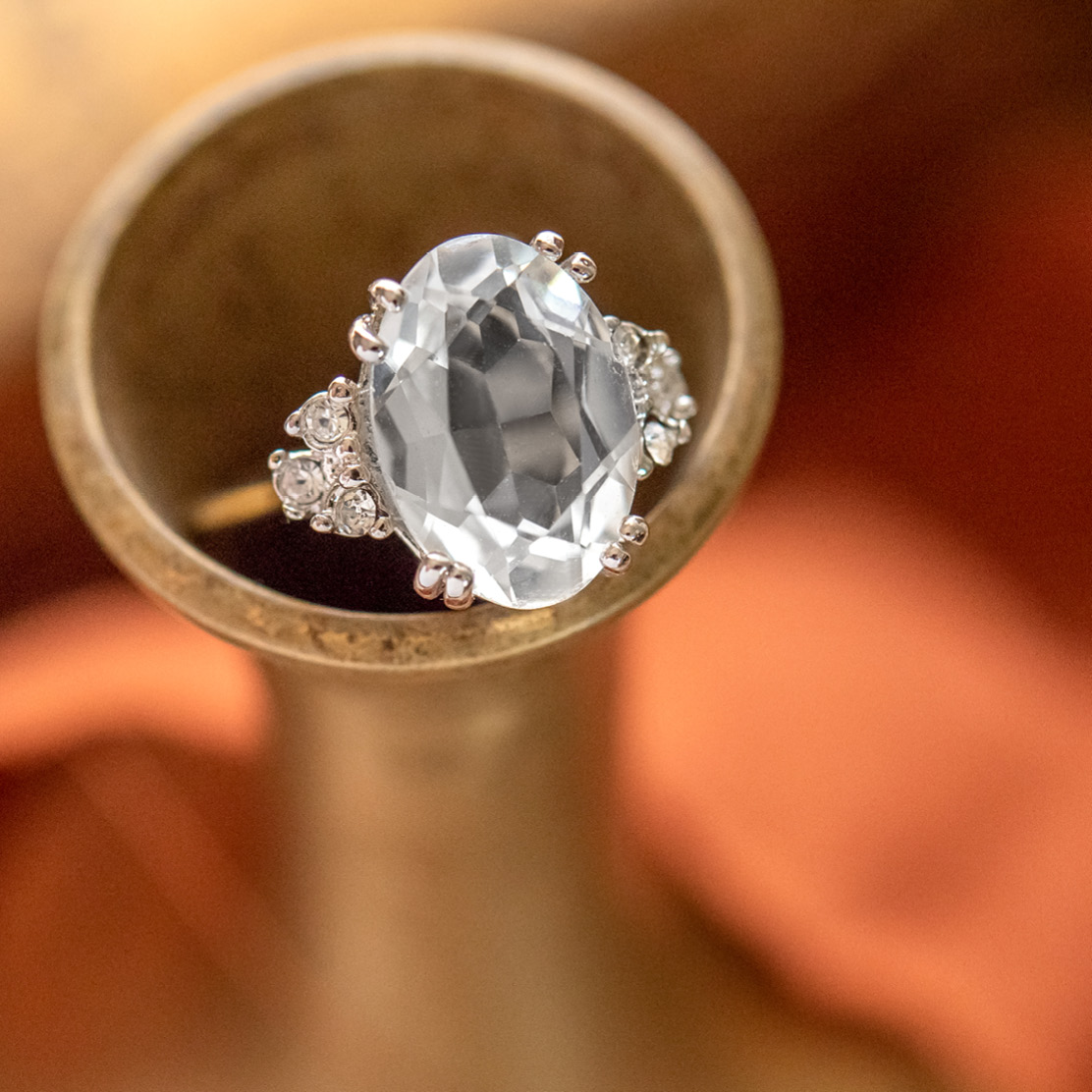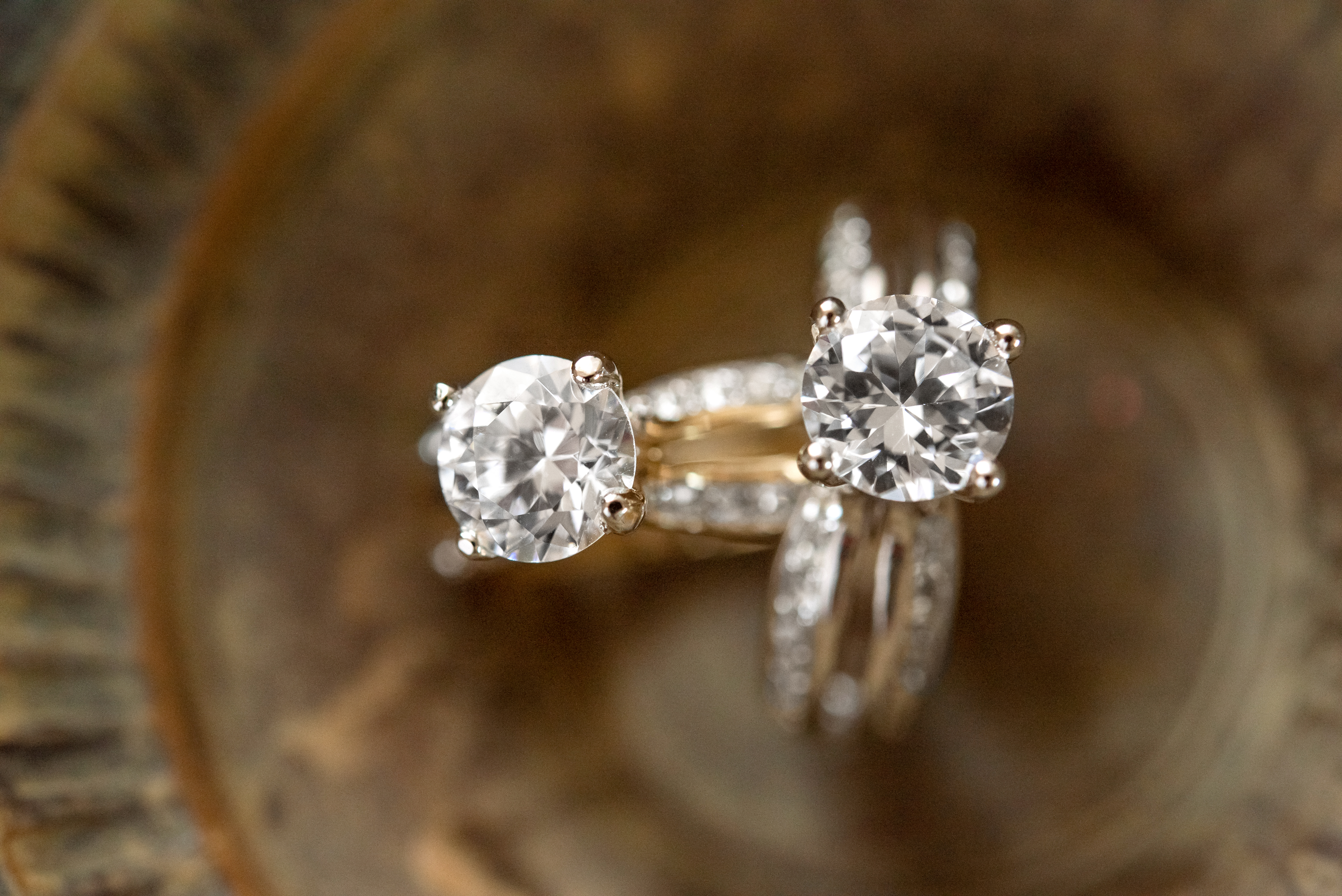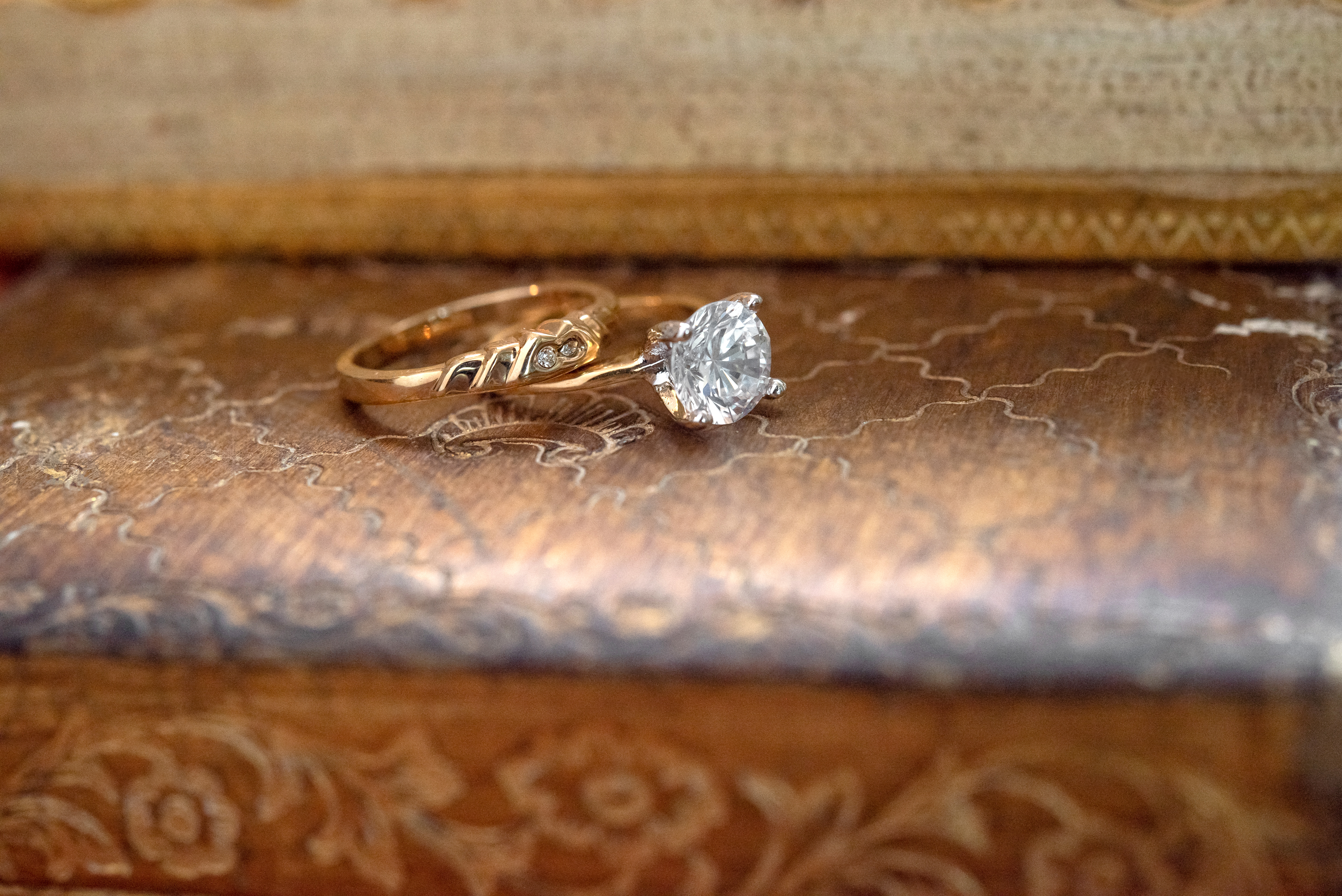Diamonds-The Real Look Without the Price Tag

Diamonds-The Real Look Without the Price Tag and Reasons to Purchase a Faux Stone
They say Diamonds are a Girls Best Friend. Well, yes they can be to many of us. They are beautiful and of course they are the birthstone for the April Birthday babies which includes me! But how many of us can really afford diamonds?
I think it's perfectly fine to buy a Clear Crystal or Cubic Zirconia ring, necklace, or earrings at an affordable price. They look just as beautiful and you won't feel so bad if you happen to misplace it.
Reasons to purchase beautiful faux "diamonds"
1. Why wait for a man to purchase one for you? Women are strong and independent. If you want a beautiful stone on your finger, go for it!

2. If you are hoping to take that next step in your relationship, you can ease the pressure your partner is feeling about purchasing a very expensive diamond to surprise you by suggesting that he purchase a faux diamond to pop the question. You can later select the perfect diamond together. Remember that a real diamond is a very expenive and lifetime investment and you want to love the ring you will wear everyday.
3.What a genuine diamond is not - an investment to save you on a rainy day. Contrary to what you may hear from the jeweler, a diamond begins losing value from the day you purchase it. Most people would be lucky to get half of what they paid if they tried to sell a ring the day after they bought it. Don't let yourself be fooled into thinking that buying a diamond is a safe place to put away money for a rainy day.
Interesting story of how the Engagement Diamond started:
The idea of a diamond engagement ring is roughly just a century old. Guess who invented the concept? It was the people who mined diamonds, The De Beers Diamond Company, in business since 1988!.
How far did De Beers go in their quest to create demand for diamonds? Edward Jay Epsteins explains in his famous investigative article:
"In its 1947 strategy plan, the advertising agency strongly emphasized a psychological approach. "We are dealing with a problem in mass psychology. We seek to ... strengthen the tradition of the diamond engagement ring -- to make it a psychological necessity capable of competing successfully at the retail level with utility goods and services...." It defined as its target audience "some 70 million people 15 years and over whose opinion we hope to influence in support of our objectives." N. W. Ayer outlined a subtle program that included arranging for lecturers to visit high schools across the country. "All of these lectures revolve around the diamond engagement ring, and are reaching thousands of girls in their assemblies, classes and informal meetings in our leading educational institutions," the agency explained in a memorandum to De Beers."


